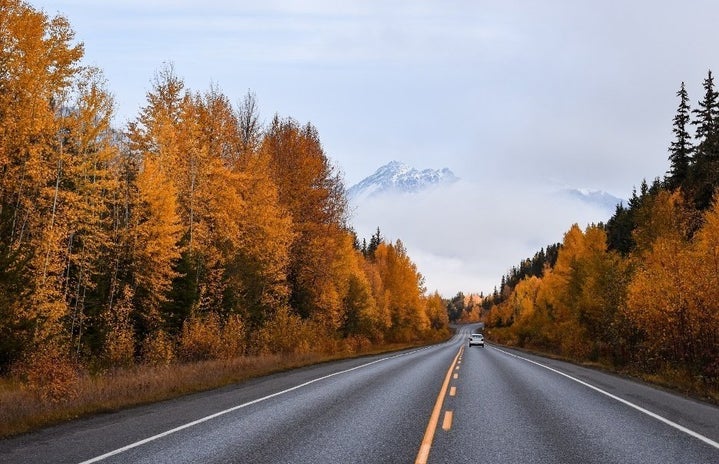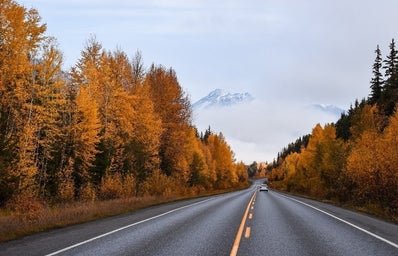One of the benefits of Holy Cross’ Worcester location is the marketability of its quintessential “New England liberal arts academia” vibe during the aesthetic fall months on campus. The school’s social media team certainly knows how to tap into this – just a quick scroll through the Instagram feed will prove it. From the soft fiery hues of ivy on Fenwick, to the sea of crunchy leaves that sprinkle Linden lane, the fall foliage is a delight to students and visitors alike at Holy Cross and throughout all of New England. Unsurprisingly, however, the impacts of climate change are infiltrating these iconic symbols that have become synonymous with the New England landscape and the much anticipated cozy fall color palette that we welcome with open arms every October.
To provide s a little ecology to back up this concerning trend: shorter days and colder weather signals the breakdown of the green pigment, chlorophyll, in certain tree species’ leaves. This allows the other pigments found within the leaf to shine as the tree prepares to shed its leaves for the winter. As temperatures increase; however, studies have shown that the window of foliage is slowly decreasing, as it takes longer to produce the temperatures necessary for this process to occur. Also, the increasing variability in climactic events may cause varying frosts which trigger less foliage and more total leaf loss. Moreover, not only are the trees losing their ability to produce the colors we all know and love, they are actually losing the ability to survive as a population in parts of New England.
In my Ecology class, my professor used the New England sugar maple, a prime contributor to the fall foliage hues, as a way to describe species’ range losses due to climate change. Due to the increasing lack of cold nights during the fall months, this species is no longer able to survive in southern New England. Over time, the maples will only be found farther and farther north as they are no longer able to tolerate the warmer weather, leaving only memories of their once coveted golden leaves in their place throughout New England.
Coupled with droughts and deforestation, these iconic trees are becoming increasingly in danger of leaving their long beloved New England home. It is time we appreciate and take care of the trees that provide us with so much joy and warmth during the fall seasons, as their time with us is fleeting. While it may seem distressing and helpless, it is never too late to enact change. Even becoming educated and learning more about the impacts of climate change on local environments can be extremely empowering as ecology has a major impact on the culture of a certain area. There are many climate action groups on campus to get involved with who are bringing attention and working to slow the rate of climate change. It is up to us to keep talking about the impacts of climate change and not let it slip from the public’s concern before it’s too late.


